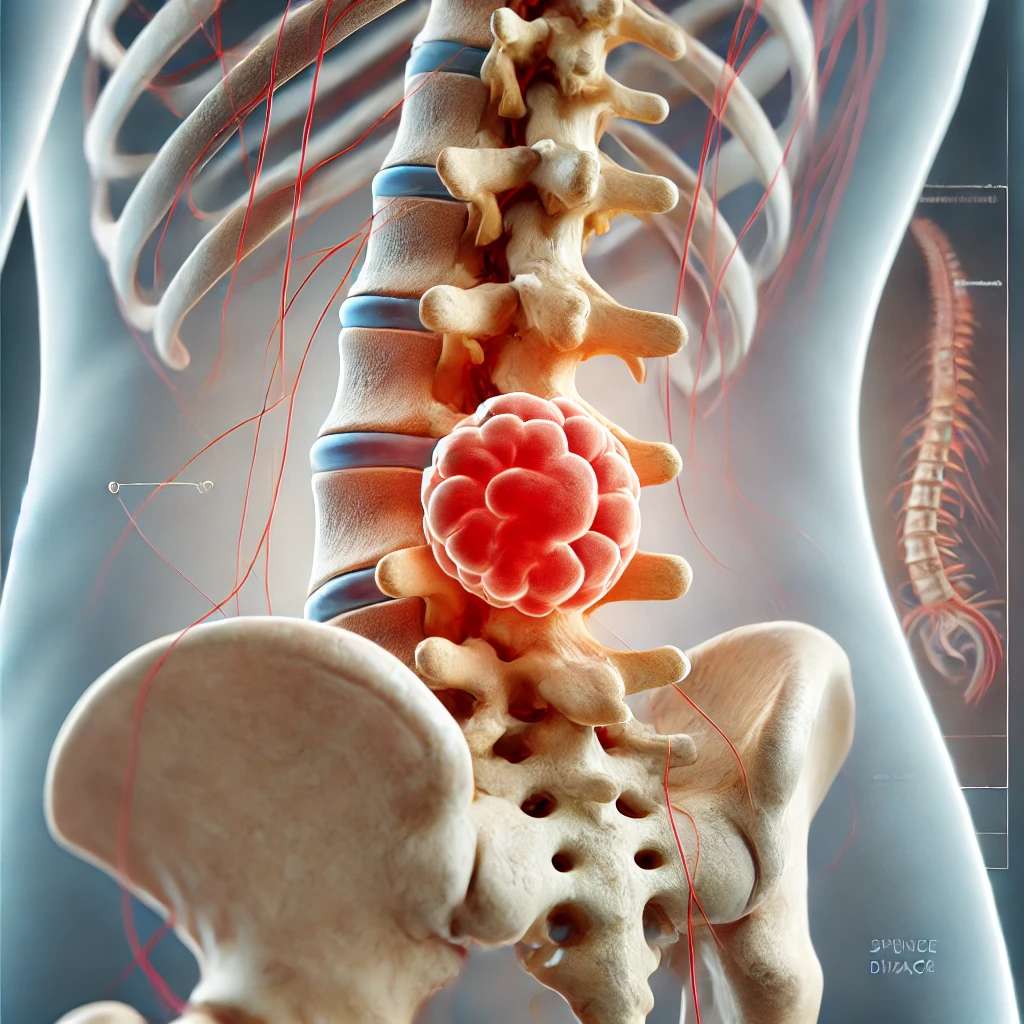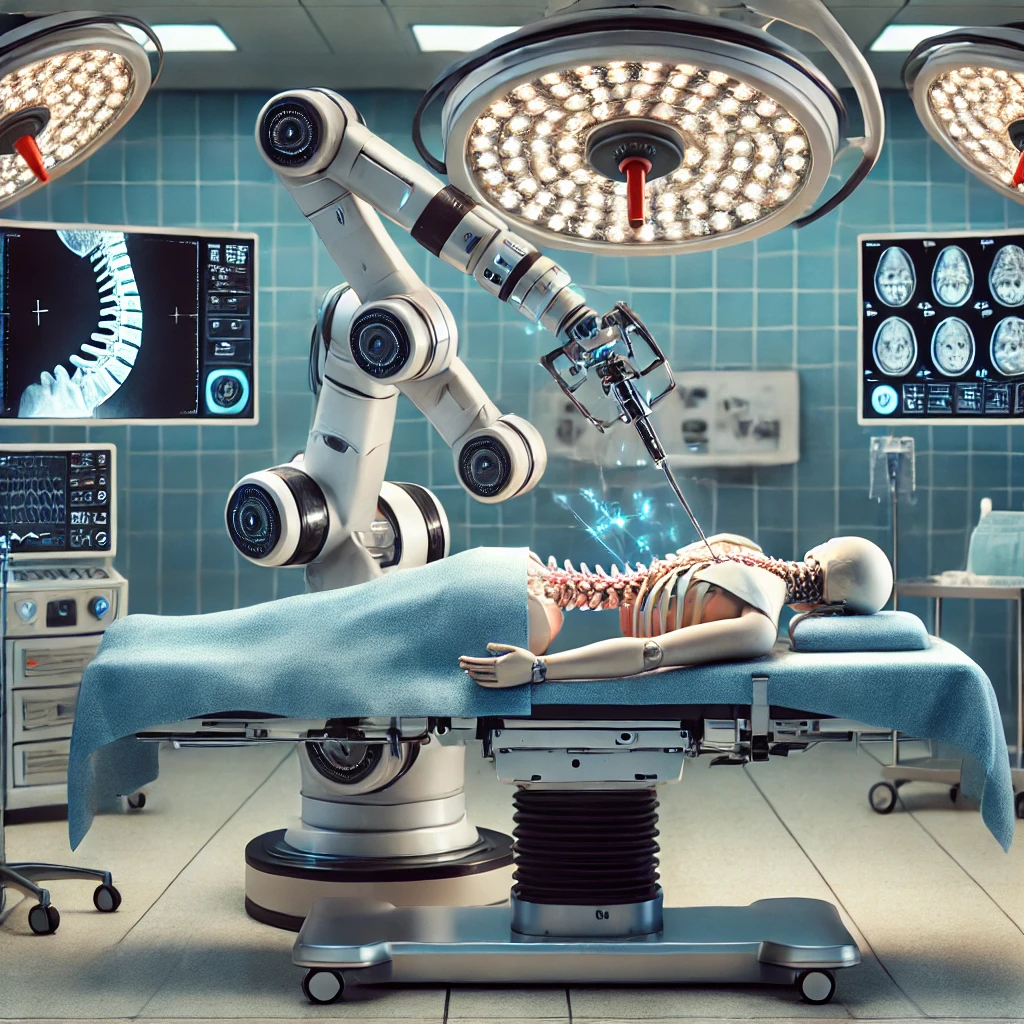What is Persistent Neck Pain?
Persistent neck pain refers to chronic discomfort in the cervical region, often lasting for weeks or months. This type of pain can hinder your ability to perform daily activities and reduce overall well-being. Mr. Irfan Malik aim to offer personalized and comprehensive care to help manage your neck pain effectively.









